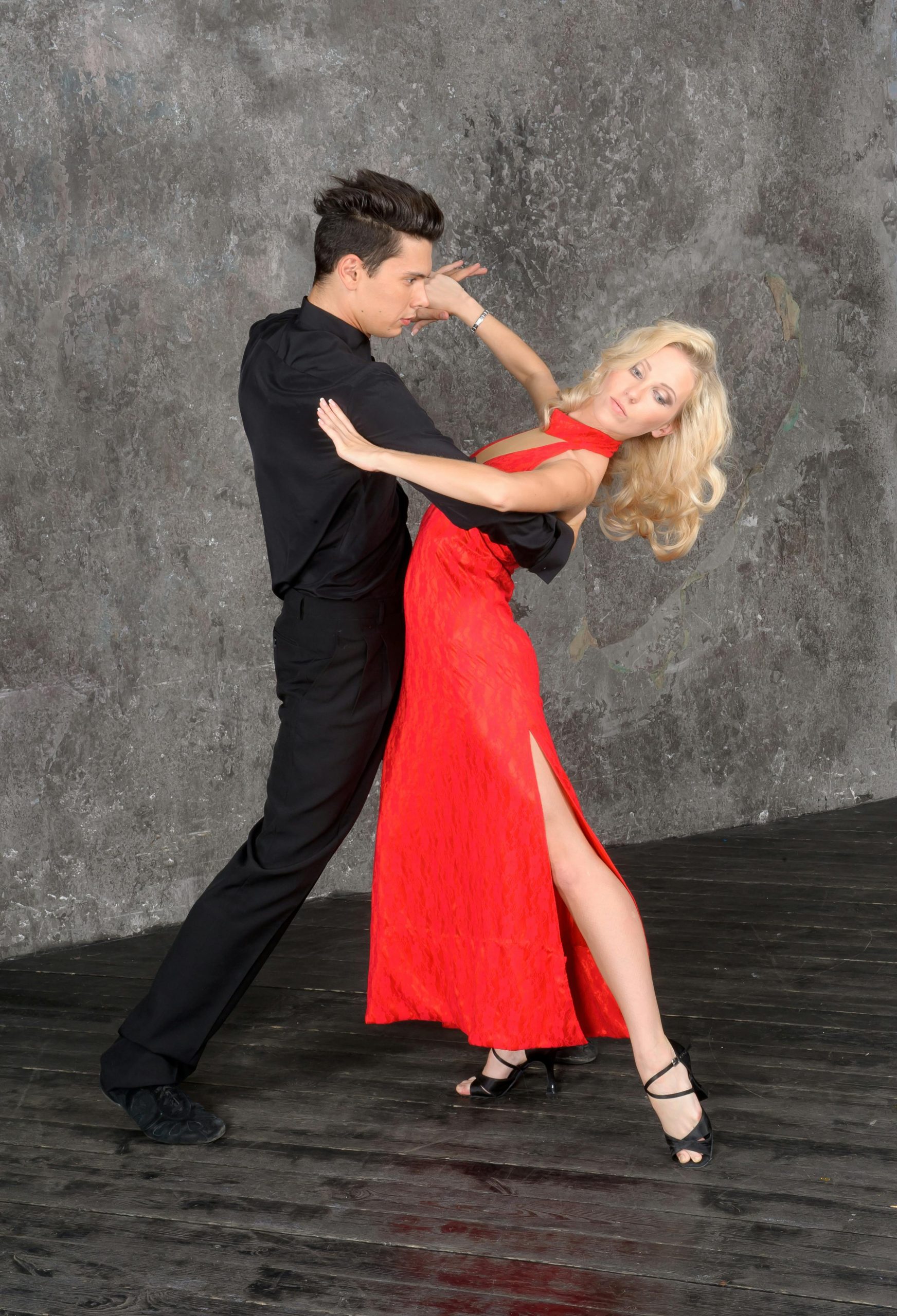Introduction:
The world of fashion is a revolving door of trends, styles, and innovations, reflecting the societal values, technological advancements, and cultural shifts of its time. The journey from the corseted silhouettes of the past to the comfort-driven athleisure of today offers a fascinating glimpse into the evolution of fashion. This article explores the stark contrasts and surprising similarities between old age fashion and contemporary styles, shedding light on how fashion has transformed and what these changes signify about our changing world.
The Fabric of History: Old-Age Fashion

Historically, fashion was dictated by necessity, societal status, and strict moral codes. From the elaborate dresses of the Victorian era to the flapper styles of the 1920s, each period had its distinct fashion identity:
- Societal Status: Fashion served as a marker of social status and wealth, with luxurious materials, intricate designs, and elaborate accessories reserved for the upper echelons of society.
- Conformity and Restrictions: Rigidity in fashion was common, with garments like corsets shaping the body to fit idealized standards of beauty, often at the expense of comfort and health.
- Limited Accessibility: High fashion was the domain of the few, with most of the population wearing handmade or inherited garments due to the lack of mass production and affordability.

The Tapestry of Today: Contemporary Fashion
Today’s fashion landscape is vastly different, characterized by its diversity, inclusivity, and emphasis on individuality:
- Democratization of Fashion: Advances in technology and the rise of fast fashion have made current trends accessible to a wider audience. Social media platforms have further democratized fashion, allowing anyone to share their style with the world.
- Comfort and Functionality: The shift towards comfort is evident in the popularity of athleisure, which blurs the lines between workout wear and everyday clothing. This trend reflects a broader move towards functional, comfortable clothing that accommodates an active, casual lifestyle.
- Sustainability and Ethical Awareness: There’s a growing consciousness about fashion’s environmental impact and the ethics of production. Sustainable fashion, ethical brands, and second-hand shopping are gaining traction, indicating a shift towards more responsible consumption habits.
Bridging the Gap: Similarities and Influences
Despite the stark differences, some threads connect the past and present:
- Cyclical Nature of Trends: Fashion is cyclical, with contemporary designers often drawing inspiration from the past. Vintage and retro styles frequently make comebacks, reinterpreted for the modern wearer.
- Expression of Identity: Just as fashion once signified social status, today it serves as a powerful tool for personal expression and identity. The freedom to choose how we dress allows for a diversity of styles that reflect individual tastes, lifestyles, and beliefs.
- Artistic and Cultural Reflection: Fashion continues to serve as a canvas for artistic expression and a reflection of cultural trends and societal shifts, much like it did in the past.
Conclusion:
The evolution from old age fashion to today’s diverse and inclusive styles marks significant progress in how we view and engage with fashion. While the past was characterized by restriction and exclusivity, the present embraces freedom, comfort, and individuality. Yet, the influence of bygone eras remains, reminding us that fashion is not just about clothing but about storytelling, identity, and the timeless desire to express oneself through attire.
As we look to the future, the lessons of the past and the values of the present will undoubtedly continue to shape the ever-evolving narrative of fashion, weaving a rich tapestry that reflects our collective human experience.

